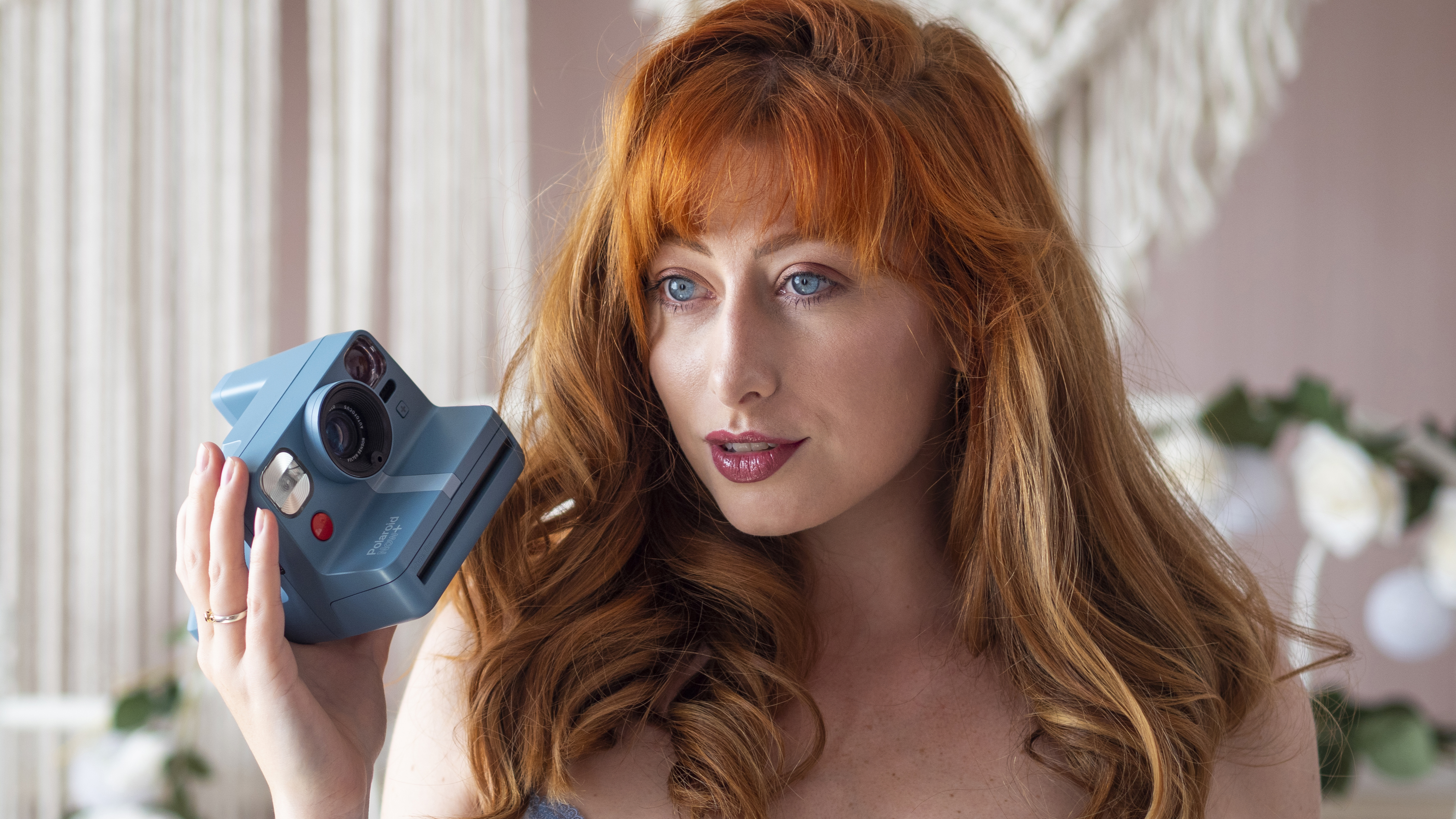
The Polaroid Now+ is, for me, the perfect Polaroid camera. It offers full-size photos (with the same picture area as an Instax Wide shot, just square instead of rectangular) with great quality, and can be used as a basic point and shoot.
However, the Polaroid Now+ packs a bounty of additional creative features – some are physical, such as lens filters you can attach to the lens, others are unlocked using your phone, such as manual control and light painting. It even has a tripod mount!
While the powerhouse Polaroid I-2 is undoubtedly the best instant camera that money can buy, at 600 bucks in the US and UK it's also the most expensive. The Polaroid Now+ offers a sweet spot between price and performance for anyone who wants a wealth of creative options without breaking the bank.
If you're wondering what the differences are between the original and the Polaroid Now+ Generation 2, the new model has a USB-C port (instead of the micro USB found on the original), it's 5.5g lighter and the logo is different. Otherwise, the two cameras are basically identical. Thus, all comments in this review apply equally to both models.
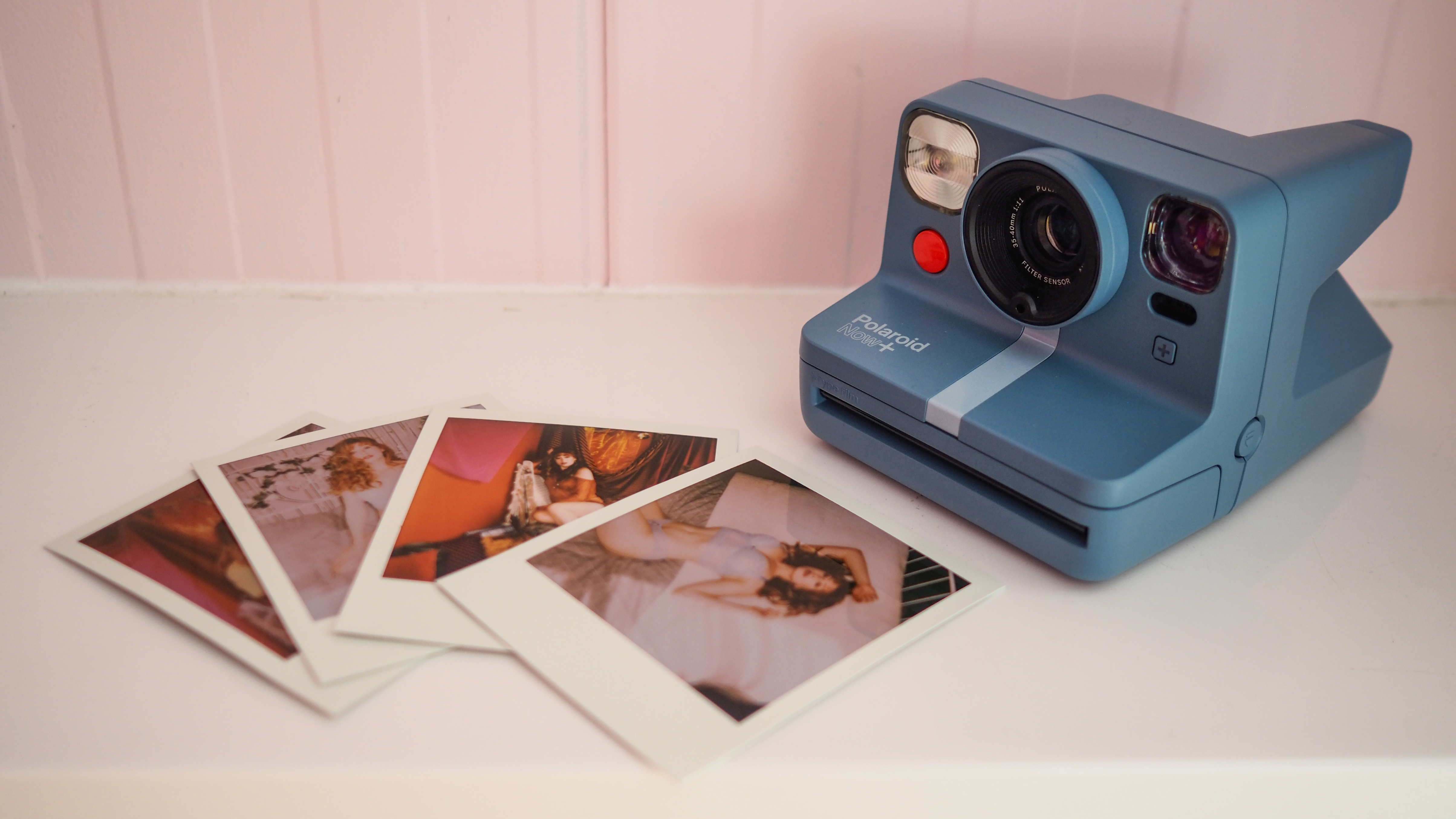
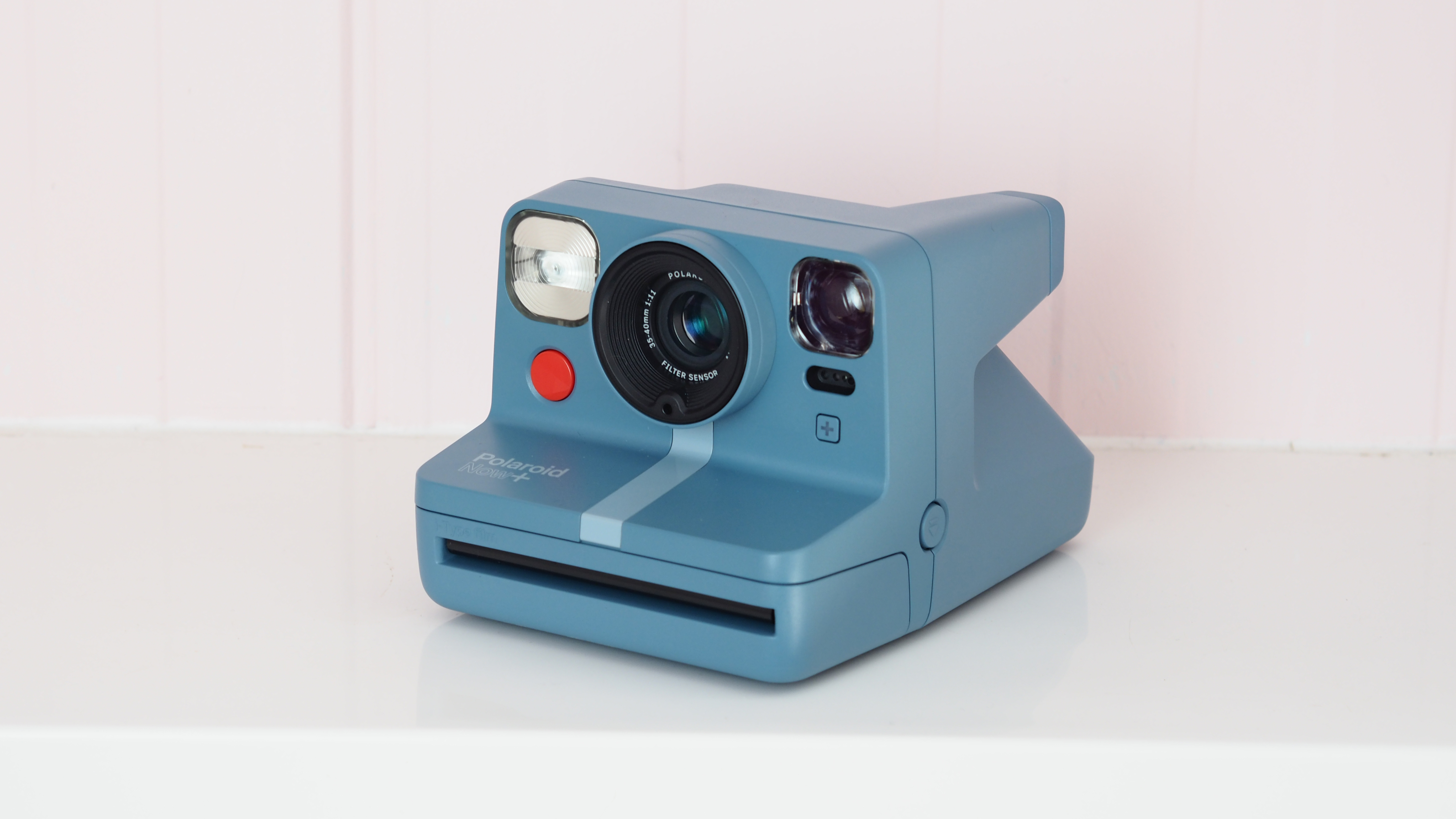
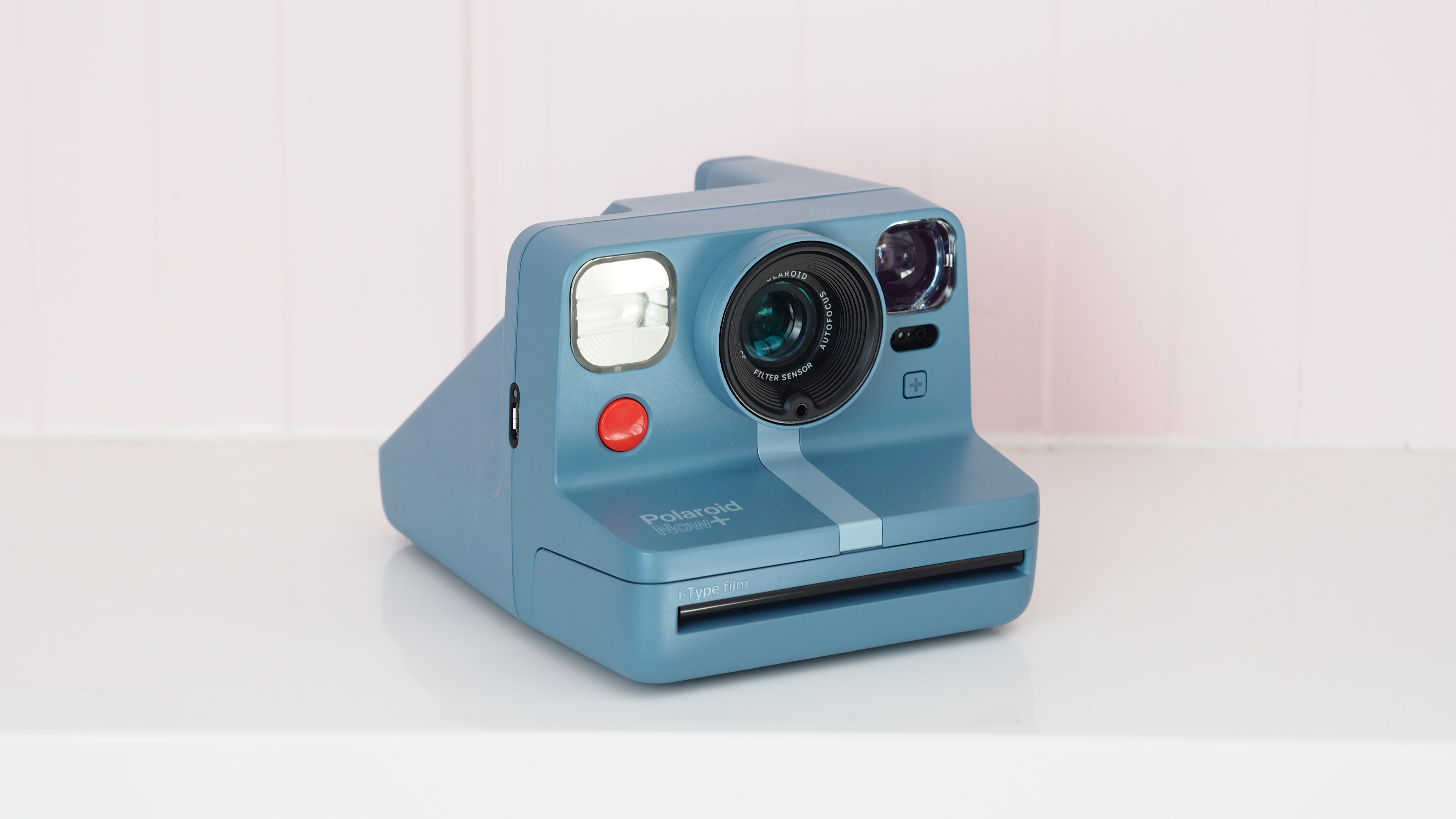
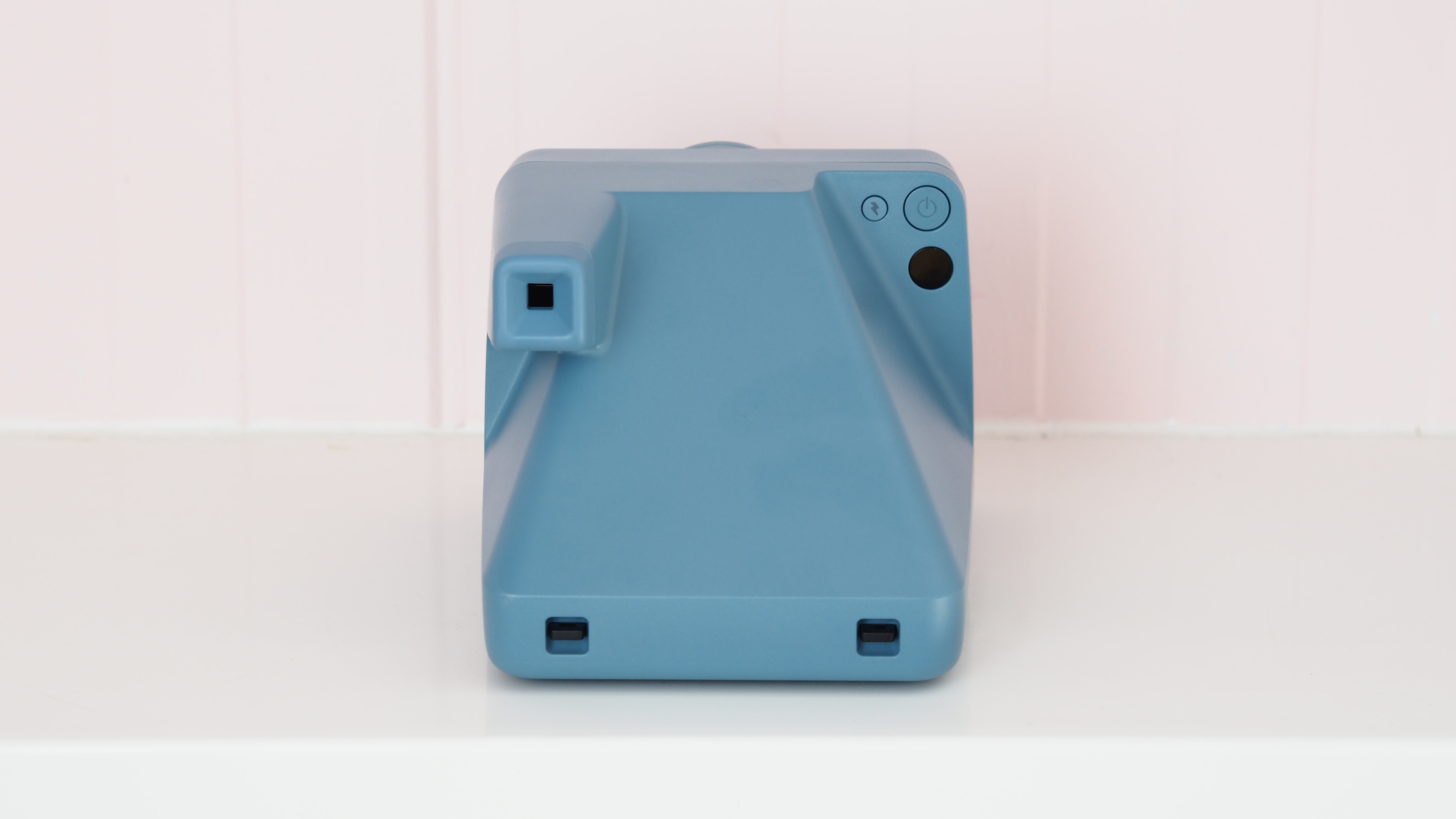
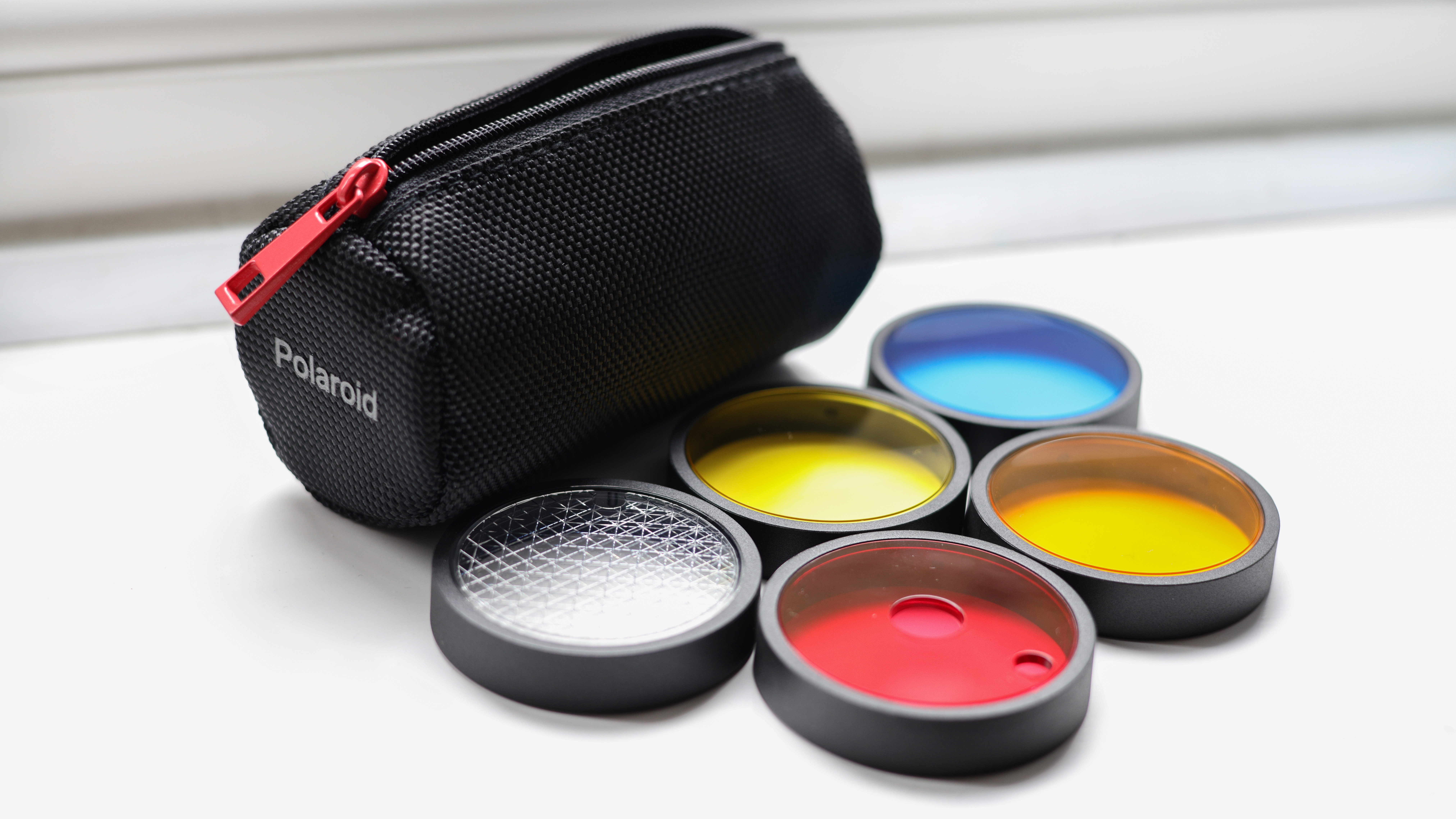
Polaroid Now+: Specifications
Film type: Polaroid i-Type, Polaroid 600
Lens: Standard Lens 102.35mm (40mm full-frame equivalent), Close-up Lens 94.96mm (35mm equivalent)
Shutter speed: 1/200-1sec (camera only), 1/200-30 sec and Bulb mode (via app)
Flash: Automatic (with override)
Power: USB-rechargeable lithium-ion 750mAh battery
Dimensions: 150.16 x 112.2 x 95.48mm
Weight: 457g (without film pack)
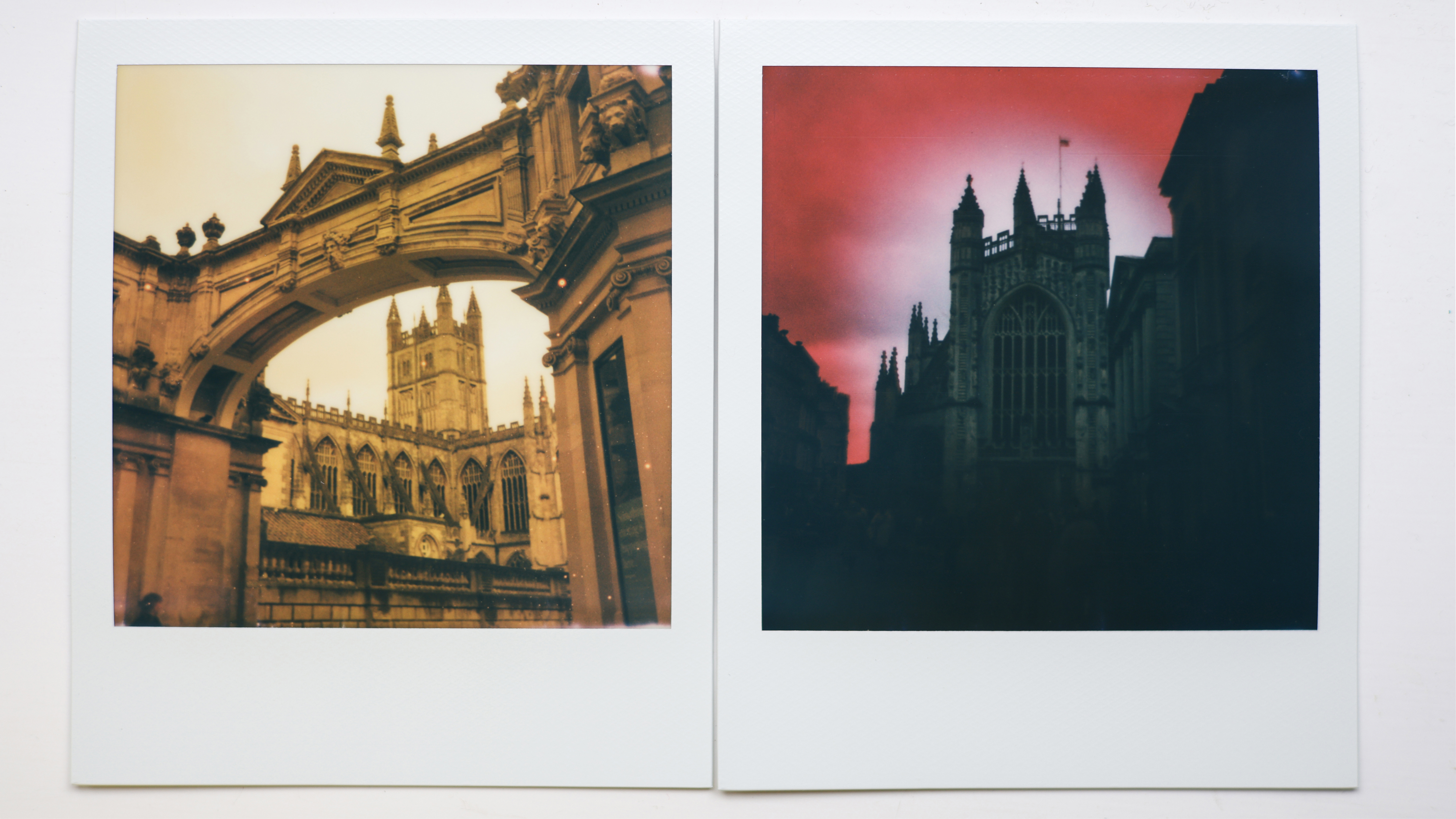
Polaroid Now+: Key features
The Polaroid Now+ carries across all the base features of the regular Polaroid Now. That means a two-lens autofocus system, double exposures, self-timer and an improved flash for better exposures.
On top of that, it brings to the party the Bluetooth connectivity found in the Polaroid OneStep+ – and used in tandem with the newly designed Polaroid app for your smartphone, this unlocks a wealth of creative tools.
Light painting, double exposures, self-timer, portrait mode and manual control – along with, for the first time on the Now product line, aperture priority mode and tripod mode.
The latter is made possible by the addition of a standard tripod mount (absent on the base Polaroid Now), which is one of a slew of new physical features that don't rely on the smartphone app. This includes five lens filters – starburst, red vignette, and blue, yellow and orange colors for in-camera effects – along with a lens cap!
In many ways the feature set of the Now+ makes it more comparable to the OneStep+ than the regular now. However, the Now+ has superior image quality thanks to the improved autofocus and flash systems, and it has a number of app functions that the OneStep+ lacks (the only thing it doesn't have is the noise trigger mode, which isn't something I really miss).

Polaroid Now+: Build & handling

The Now+ is ever so slightly larger than the regular Now, at 150.16 x 112.2 x 95.48mm instead of 150.2 x 112.2 x 94mm, and just a smidge heavier at 457g versus 434g. In essence, though, the two cameras basically feel indistinguishable in the hand – and if you've got a bag that perfectly fits the original, you've no need to worry.
It's a very solid and well built camera, constructed of polycarbonate and ABS plastics, and obviously has the heft and chunkiness of old school instant cameras. If you're looking for something that will slip into a handbag or jacket pocket, you'll be better served checking out the diminutive Polaroid Go.
As with all analog instant cameras, the viewfinder is both optical and approximate; you're not getting a true view of what the lens sees, since the finder is offset to the left, so you will need to fire a few frames to get used to accurately composing your shots (the finder tends to give a wider view than the lens, so you can safely get a tad closer to your subjects than it appears).
The controls are simple and instinctive, with a big red shutter release on the front along with a "+" button and LED indicator to select creative modes (self-timer, double exposure or a custom function) without needing to connect to the app. On the rear of the camera is the power button, flash override and an LED indicator to show how many shots are remaining in your pack of film (both i-Type and 600 are accepted).
And while I've had packs of film as well as single frames jam on both the Now and the Go, I haven't had a single problem with the Now+.
Polaroid Now+: Performance

Opinions on the character of instant photographs are very subjective, but what I can say without question is that the sharpness and contrast of the images on the Polaroid Now+ are the best you'll get outside the uber-expensive I-2.
If you're comparing image quality against frames taken by Fujifilm cameras like the Instax Mini 12, Polaroid film has an inherent bias towards magentas when rendering white tones using flash, which produces a more distinctively "vintage" look, while Instax film produces truer whites that sometimes make Caucasian skin tones a little ghostly – and it also tends to crush the blacks, producing a more contrasty look but with a loss of detail in the shadows.
Neither look is necessarily better than the other, but they are distinctively different flavors and it's down to personal taste which you prefer.
As with all instant cameras, the Now+ can be inconsistent when used outdoors where the flash is overpowered by ambient light; images don't have the same bite or saturation as those where the flash is the key light, but this again produces a uniquely analog image character that may be to your liking. When shooting indoors, the improved flash system delivers very pleasing results with more evenly exposed images.
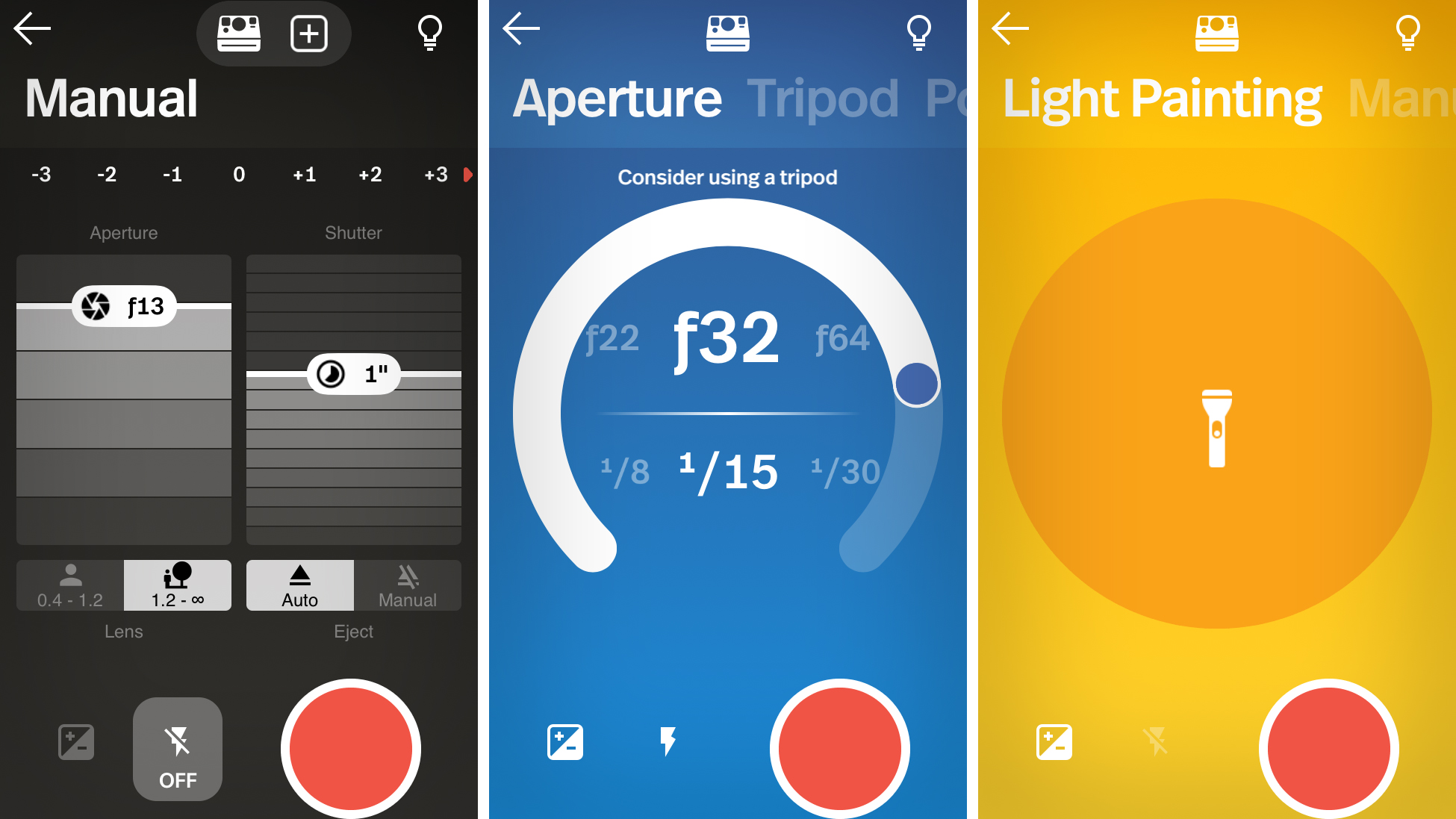
The app-based functions work brilliantly, from the seamless pairing to the turn-on-and-go nature of using the app in tandem with the camera. While there's no awkward waiting for the camera to handshake with your phone, there is inherently an extra layer of operation involved when using modes like aperture priority or double exposures, as you will be using a shutter button on your phone rather than the one on the camera.
That said, the process really is simple and reliable. The refreshed Polaroid app is a joy to use, with instinctive Apple-like controls and instructions available at the tap of an icon to explain how the different functions work. While there is no live view facility, the portrait function gives feedback – "Too close" / "Ok" / "Too Far" – to indicate whether the mode will work.
At first glance, the physical filters might look and feel like a bit of a gimmick. They do, however, add genuine creative flair to your images – the color filters further exaggerate the already unique look of instant photographs, while the red vignette (as shown in the topmost sample image of the cathedral) and starburst filters produce pleasing in-camera effects.
The returning tripod thread, and corresponding shooting option, is also most welcome. It's unlikely that mainstream consumers will care about using a tripod, but for photographers wanting to shoot projects, portraits or long exposures, it's great to be able to do so.
Polaroid Now+: Verdict
If you're looking for full-size instant photographs with great image quality and that elusive 'vintage look', the Polaroid Now+ is far and away the best option on the market right now.
While the standard Polaroid Now offers the same base shooting options and image quality, and the OneStep+ offers some of the same Bluetooth connectivity and creativity, the Now+ combines the best features of both products.
Instant photography remains expensive when you work out the cost per exposure, but if you accept that as the price of admission then you will have more fun using this than any other instant camera – and you'll get results that can only be achieved on this one (unless you're willing to drop 600 bucks on the Polaroid I-2!).
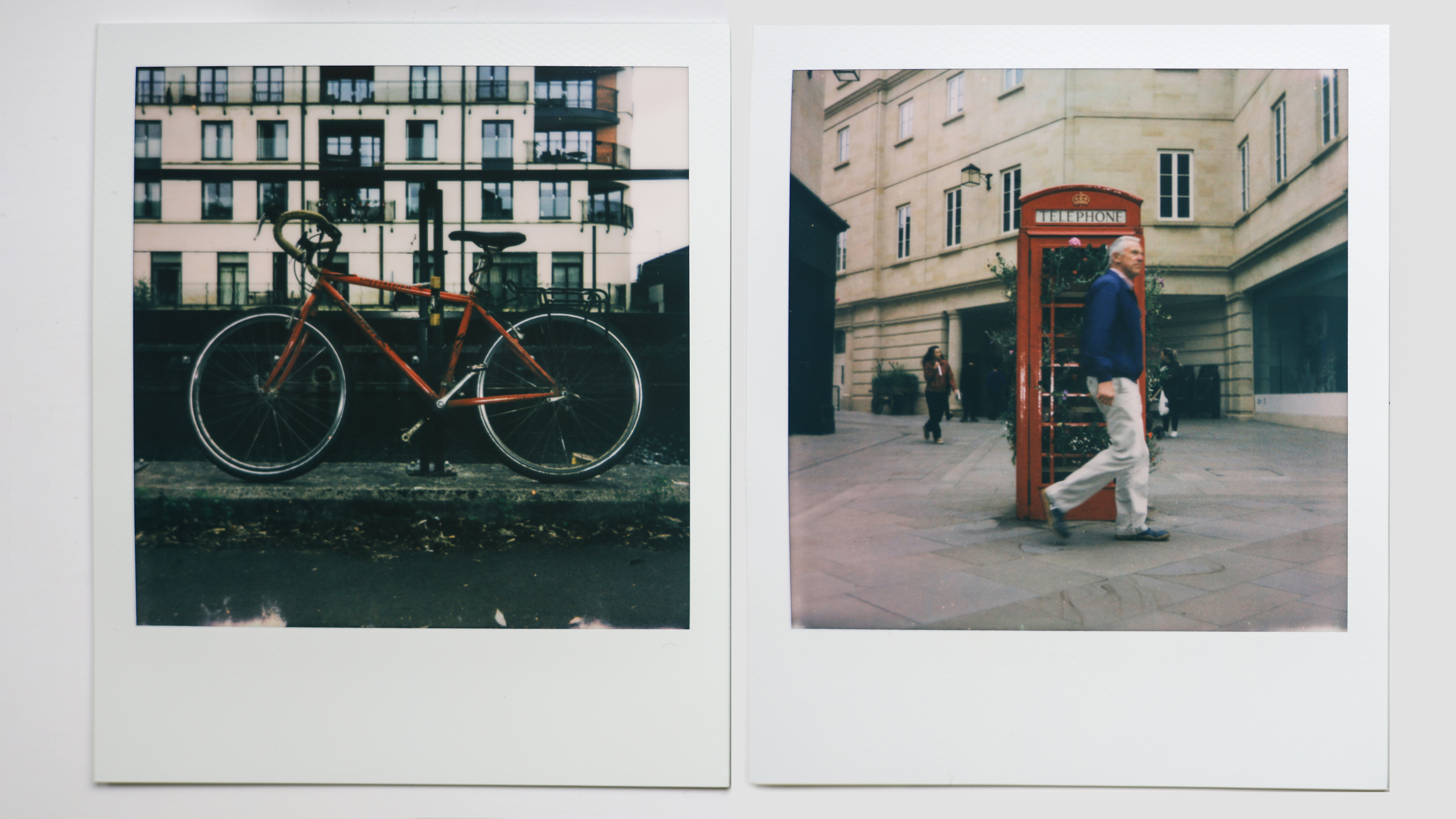
Read more:
Best Polaroid cameras
Polaroid Now review
Polaroid Go review
Instax Mini 11 review







